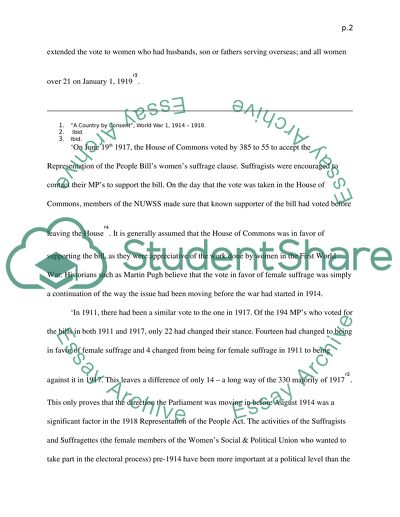Cite this document
(“How did World War 1 help Canadian women get the vote Essay”, n.d.)
Retrieved from https://studentshare.org/environmental-studies/1414881-how-did-world-war
Retrieved from https://studentshare.org/environmental-studies/1414881-how-did-world-war
(How Did World War 1 Help Canadian Women Get the Vote Essay)
https://studentshare.org/environmental-studies/1414881-how-did-world-war.
https://studentshare.org/environmental-studies/1414881-how-did-world-war.
“How Did World War 1 Help Canadian Women Get the Vote Essay”, n.d. https://studentshare.org/environmental-studies/1414881-how-did-world-war.


